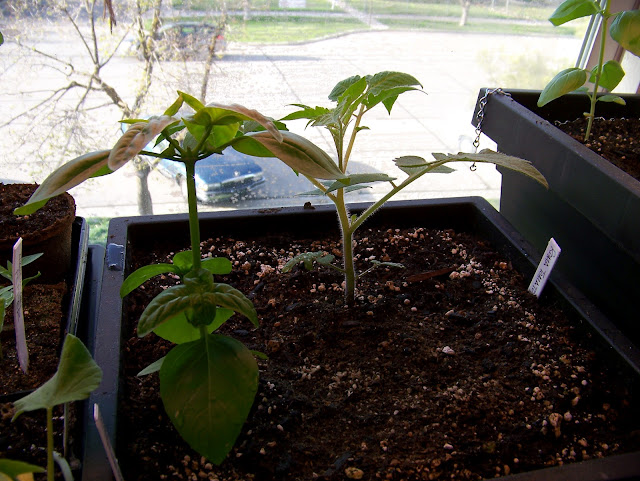A compost bin is a good way to keep food scraps and green waste from going into the landfill.
Compost piles can provide nutrient-rich amendments for your garden soil.
We have a have a compost pile at Wanda's Whispers Garden, so I started thinking about what is "OK" to put into an organic compost pile.
The recent organic gardening class I attended, and learned that compost should contain a 50/50 mixture of "browns" and "greens." Greens are nitrogen-rich materials, like grass clipping, leaves, plants, manure (not carnivore), and veggie scraps. Browns are carbon-rich materials (straw, sawdust, and wood chips). Check out
a very informative website on composting for a comprehensive list of nitrogen and carbon based materials.
Make sure you don't put meat products, greens covered in pesticide (like treated grass clippings), or carnivore droppings in your pile.
There are several websites on how to make a compost piles,
like this one, or
this one, or
this one. I like the three-bin compost piles: one for active composting, one to add to, and one to take from.
WORM BINS
There is also
vermicomposting, which is using worms to help make compost. Worm bins are especially nice for small spaces, when compost piles are not feasible.
If you are feeling lazy, you can buy one:
POOP
Manure is a good supplement for compost and gardens. Make sure it has some time to break down before you apply to your plot. If you apply it directly, give it at least a month before you plant.
 |
| We applied manure from the city carriage stables to some of the community garden plots this weekend. We mixed it with some fall leaves and compost. |
Book on Organic Gardening:
I made a map of places to find compost and manure:
View Compost and manure! in a larger map











































